KMFDM – Let Go [Metropolis Records]
First things first: let’s talk about the elephant in the room. How much sense has a KMFDM review in 2024? No easy question, no easy answer. A lot happened in 40 years of career, many changes in personnel, style, live performances, approach. And yet, one of the major complains one can hear frequently about the band is that they repeat themselves endlessly.
Lo primero es lo primero: hablemos del elefante en la habitación. ¿Qué sentido tiene una revisión de KMFDM en 2024? No es una pregunta fácil, ni una respuesta fácil. Han pasado muchas cosas en 40 años de carrera, muchos cambios de personal, de estilo, de directos, de enfoque. Y, sin embargo, una de las principales quejas que se oyen con frecuencia sobre la banda es que se repiten sin cesar.
How is that possible? Well, simply said: KMFDM have reached long ago a certain formula that – no metter the subtle or substantial experiments with genres or production differences they adopt in every album – makes a track immediately recognizable as one of theirs. Lucia’s soulful voice, Sascha’s hoarse crooning, the guitar sound (once more metal-driven, now characterized by softer rock influences) mixed with electronics, contemporary or not, and their flavor-of-the-moment diversion in other music realms; and above all the ever present tongue-in-cheek self-references and mocking humour.
¿Cómo es posible? Bueno, dicho de forma sencilla: KMFDM han alcanzado hace tiempo una cierta fórmula que -independientemente de los sutiles o sustanciales experimentos con géneros o diferencias de producción que adoptan en cada álbum- hace que un tema sea inmediatamente reconocible como uno de los suyos. La voz conmovedora de Lucia, el ronco canturreo de Sascha, el sonido de la guitarra (antes más metalero, ahora caracterizado por influencias rock más suaves) mezclado con electrónica, contemporánea o no, y sus desviaciones del momento en otros ámbitos musicales; y, sobre todo, las siempre presentes autorreferencias irónicas y el humor sarcástico.
So, they ‘ve reached a paradox where the more they change, the more they are the same. “Let Go” is a perfect example for the case: following the road paved by the previous albums “Paradise” and especially “Hyëna”, it meanders disco moments, 90’s alt-rock, dub, electro-tinged anthems, and orchestral dramas. Luckily, this is a better effort than the aforementioned “Hyëna” – which was overall disappointing despite some good moments – but it won’t change the mind of the demographic that thinks they should have stopped making music at a certain point (be it their break-up and reunion in the early 2000’s, the moment they incorporated guitars heavily in the 90’s, or just some years ago – the opinions differ). Not that they care one bit, “KMFDM WILL NEVER STOP” has never been a truer slogan.
Así, han llegado a una paradoja en la que cuanto más cambian, más siguen siendo los mismos. «Let Go» es un ejemplo perfecto de ello: siguiendo el camino allanado por los álbumes anteriores «Paradise» y, sobre todo, «Hyëna», serpentea por momentos disco, alt-rock de los 90, dub, himnos con tintes electro y dramas orquestales. Por suerte, es mejor que el ya mencionado «Hyëna», que decepcionó en general a pesar de algunos buenos momentos, pero no hará cambiar de opinión a los que piensan que deberían haber dejado de hacer música en un momento dado (ya fuera su ruptura y reunión a principios de los 2000, el momento en que incorporaron las guitarras en los 90 o hace unos años, las opiniones difieren). No es que les importe lo más mínimo, «KMFDM WILL NEVER STOP» nunca ha sido un eslogan más acertado.
So, the title track introduces the album with a fusion of rockish guitar loops and solos, Sascha’s shouts about going on never looking back, dance electronics and 70’s disco-funk elements. If there where any doubt about their self-awareness, this song’s lyrics puts them to rest immediately. “Push!” is Lucia’s introduction, a throbbing track with harder guitar riffs and a lot of slogans, underlined by 80’s bass sounds and curious guitar-solo bridges, while “Next Move” is a serpentine electro mantra with vocoder vocals and some classic KMFDM experimental moments – moody synth sounds meet a rap interlude and broken rhythms before reaching reggae.
Así, el tema que da título al álbum lo introduce con una fusión de loops y solos de guitarra rockeros, los gritos de Sascha sobre seguir adelante sin mirar atrás, electrónica de baile y elementos disco-funk de los 70. Si había alguna duda sobre su autoconciencia, la letra de esta canción la despeja de inmediato. «Push!» es la introducción de Lucia, un tema palpitante con riffs de guitarra más duros y un montón de eslóganes, subrayado por sonidos de bajo de los 80 y curiosos puentes de solos de guitarra, mientras que «Next Move» es un mantra electro serpenteante con voces de vocoder y algunos momentos experimentales clásicos de KMFDM – sonidos de sintetizador irritados se encuentran con un interludio de rap y ritmos rotos antes de llegar al reggae.
“Airhead” is the first real surprise: a perfect 90’s alt-rock track with female vocals recalling Curve and Garbage, moving perilously between sincere homage and parody. Via time travel this could have become a MTV hit, and this is probably the point of the track. “Touch” is in the same spirit, but this time the reference are the 80’s and the result reminds us of The Birthday Massacre with the mix of darker moments and heavenly electro-pop melodies – be it intentional or not, we will probably never know.
«Airhead» es la primera verdadera sorpresa: un perfecto tema de alt-rock de los 90 con voces femeninas que recuerdan a Curve y Garbage, moviéndose peligrosamente entre el homenaje sincero y la parodia. Viajando en el tiempo, este tema podría haberse convertido en un éxito de la MTV. «Touch» tiene el mismo espíritu, pero esta vez la referencia son los 80 y el resultado nos recuerda a The Birthday Massacre con la mezcla de momentos más oscuros y melodías electro-pop celestiales – sea intencionado o no, probablemente nunca lo sabremos.
“Erlkönig” is a transposition in music of Goethe’s ballad – curiously the same one that inspired “Dalai Lama” from Rammstein, and once again we ponder about KMFDM sardonic nature and how many of their choices are random – a guitar ride giving us a softer version of 90’s industrial metal attacks ala Ministry that where quite common in the band catalogue, intermixed with crawling passages. The following tracks follows a similar formula where the classic industrial-rock of the band is presente in a more restrained form, but the new version of “WWIII” titled “WW 2023” is an interesting diversion which showcases dramatic orchestrations, dub sounds, and marching riffs, a pastiche that ends the album with its outro “Fillet Manchego Claret and Blow” – an almost progressive jam-session of syncopated rhythms, guitar and synth sounds.
«Erlkönig» es una transposición en música de la balada de Goethe – curiosamente la misma que inspiro «Dalai Lama» de Rammstein, y una vez más, reflexionamos sobre la naturaleza sardónica de KMFDM y cómo muchas de sus elecciones son aleatorias – un paseo de guitarra que nos da una versión más suave de los ataques de metal industrial de los 90’s a lo Ministry, que eran bastante comunes en el catalogo de la banda, entremezclados con pasajes rastreros. Las siguientes pistas siguen una fórmula similar, donde el clásico industrial-rock de la banda está presente de una forma más contenida, pero la nueva versión de «WWIII», titulada «WW 2023», es un interesante divertimento que muestra orquestaciones dramáticas, sonidos dub y riffs marchosos, un remake que cierra el álbum con su outro «Fillet Manchego Claret and Blow», una jam-session casi progresiva de ritmos sincopados, guitarra y sonidos de sintetizador.
“Let Go” confirms what everybody already knows. They won’t ever release another work like “Nihil”, “Angst” or, if we look at the more recent and humbler era, “Tohuvabohu” and “Blitz”. The style of the previous albums – more laidback and with a return to the dub influences of their very early works, accompanied by pop/alt rock excursions and controlled assaults – seems to have taken a hold. The differences between their albums, big or small, have always been a resulta of the ever-changing line-up and the presence of guests providing a flowing of ideas. Now, the members have been the same for years, with KMFDM being primarily Sascha and his wife Lucia’s show and Andy Selway and Andee Blacksugar featuring as additional personnel, and as a result the songwriting is stuck to this late-era formula. Even more poignant: they are respectively in their 60s and 50s and not getting any younger, expecting the same ideas and energy of the past would be self-deceit. It seems they know that, and so we have the flirts with melodic pop touches, the return to dub, the less unhinged approach even in the faster moments. To the point: they still play for themselves and for whoever still listen to them. As much as KMFDM have always been ambiguous and tongue-in-cheek in their attitude, they’ve shown in the past real appreciation for their fanbase in instances like after-show meetings, interviews, albums’ liner notes. And its not like they can reinvent themselves as clerks – as much as that would be amusing due to the anti-corporate stance they’ve always sported – we have to remember that playing music is a career too, a rewarding one for them.
«Let Go» confirma lo que todo el mundo ya sabe. Nunca volverán a publicar otro trabajo como «Nihil», «Angst» o, si nos fijamos en la época más reciente y humilde, «Tohuvabohu» y «Blitz». El estilo de los álbumes anteriores -más relajado y con un retorno a las influencias dub de sus primeros trabajos, acompañado de excursiones pop/alt rock y asaltos controlados- parece haberse afianzado. Las diferencias entre sus álbumes, grandes o pequeñas, han sido siempre el resultado de la formación siempre cambiante y de la presencia de invitados que aportaban un flujo de ideas. Ahora, los miembros son los mismos desde hace años, con KMFDM centrando principalmente el espectáculo en Sascha y su esposa Lucia, y Andy Selway y Andee Blacksugar como personal adicional, y como resultado la composición de canciones se ciñe a esta fórmula de finales de la era. Y lo que es más conmovedor: tienen 60 y 50 años, respectivamente, y no están rejuveneciendo, por lo que esperar las mismas ideas y energía del pasado sería engañarse a sí mismos. Parece que lo saben, y así tenemos los coqueteos con toques de pop melódico, la vuelta al dub y el enfoque menos desquiciado incluso en los momentos más rápidos. Al grano: siguen tocando para ellos mismos y para quien les siga escuchando. A pesar de que KMFDM siempre han sido ambiguos e irónicos en su actitud, en el pasado han mostrado un verdadero aprecio por su base de fans en instancias como reuniones después de los conciertos, entrevistas o notas de los álbumes. Y no es que puedan reinventarse a sí mismos como oficinistas -por mucho que eso fuera divertido debido a la postura anti-corporativa que siempre han lucido- tenemos que recordar que tocar música es también un trabajo, un trabajo gratificante para ellos.
If you have no time for today’s KMFDM you won’t have time for this album and shouldn’t bother, but if you are willing to listen to well composed music, nice melodies, some interesting ideas, and need to scratch your KMFDM itch with something new without expecting a masterpiece or a game-changing moment, this is fine.
Release date: February 2nd, 2024.
Text by: Davide Pappalardo.
Si no tienes tiempo para el actual KMFDM, no tendrás tiempo para este álbum y no deberías molestarte, pero si estás dispuesto a escuchar música bien compuesta, melodías agradables, algunas ideas interesantes y necesitas rascarte el picor de KMFDM con algo nuevo sin esperar una obra maestra o un cambio importante, esto es muy apropiado.
Fecha de lanzamiento: 2 de febrero, 2024.
Texto: Davide Pappalardo.
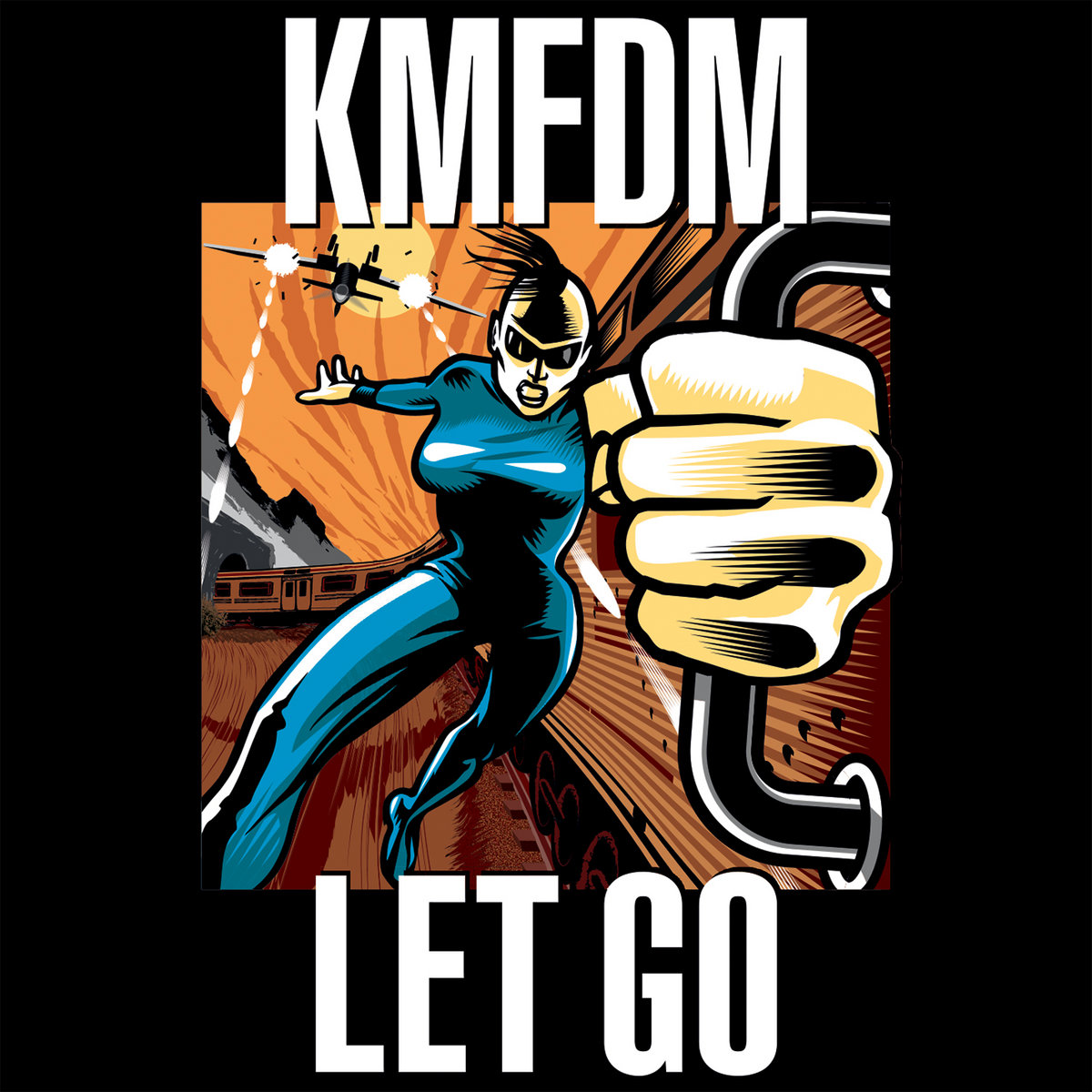

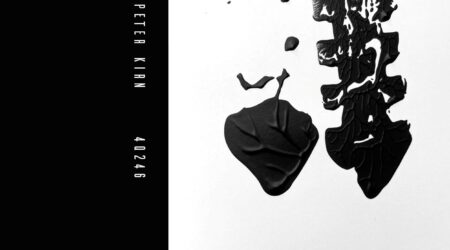
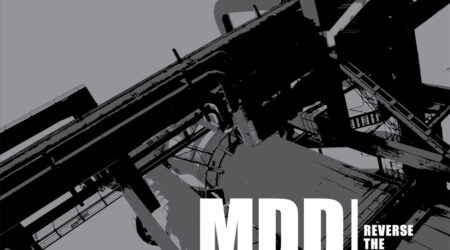
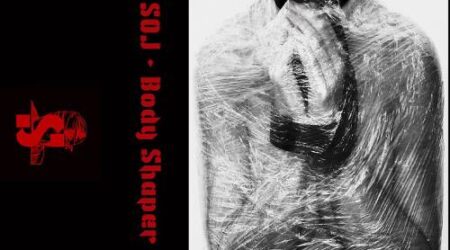
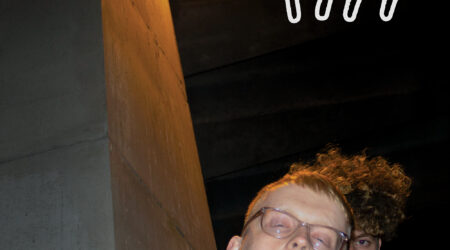
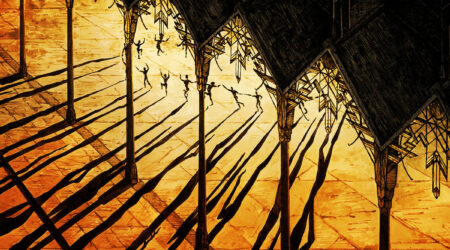

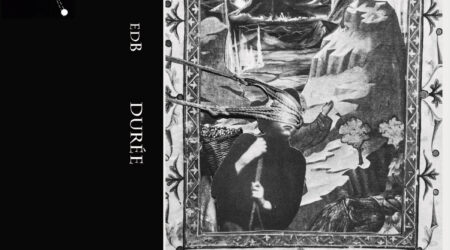
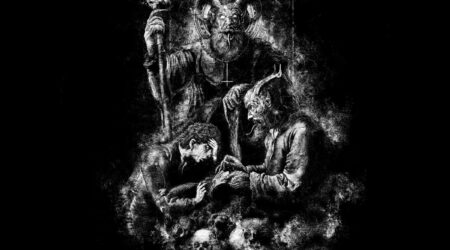
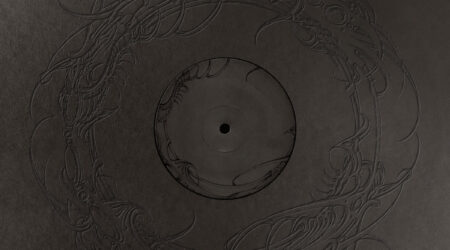
Deja una respuesta
Lo siento, debes estar conectado para publicar un comentario.